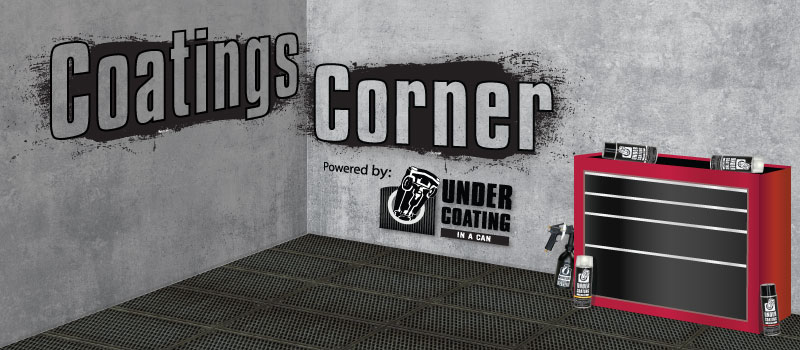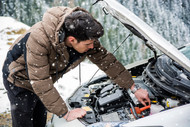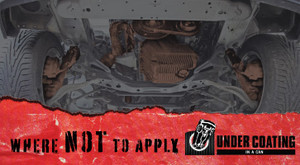Essential Winter Vehicle Care: The Critical Role of Undercoating and More
By on Jan 2nd 2024
As winter approaches, the importance of preparing your vehicle for the season's harsh conditions cannot be overstated. In regions where road salt, brine, ice, and moisture are prevalent, the risk of corrosion and damage to vehicles increases significantly.
Studies show that road salt causes billions of dollars in vehicle repairs in the U.S. annually. This article delves into the importance of undercoating and other vital winter maintenance practices to ensure your vehicle remains in top condition through the cold months.
The Importance of Undercoating:
Undercoating is a protective layer applied to the undercarriage of a vehicle, crucial for several reasons:
- Protection Against Corrosion: Road salt and brine, commonly used for de-icing, are highly corrosive. They can accelerate the rusting process on your vehicle's undercarriage. Undercoating provides a barrier that minimizes this risk. There are various types of undercoating materials, such as rubberized and wax-based, each with their application method and longevity.
- Moisture Resistance: Winter brings moisture in various forms - snow, ice, and slush. Undercoating helps repel this moisture, preventing it from lingering on metal surfaces and causing rust.
- Longevity of Vehicle Components: By protecting the undercarriage from rust and corrosion, undercoating extends the life of various components, including exhaust systems, fuel lines, and brake lines.
- Environmental Consideration: It's also important to consider the environmental impact of undercoating materials. Some eco-friendly options provide effective protection while being less harmful to the environment.
- Sound Deadening Capabilities: Some formulations of undercoating have proven to have sound deadening capabilities. In particular, rubberized and wax-based undercoatings have been proven to lessen the sound of road noise making for a quieter, smoother ride.

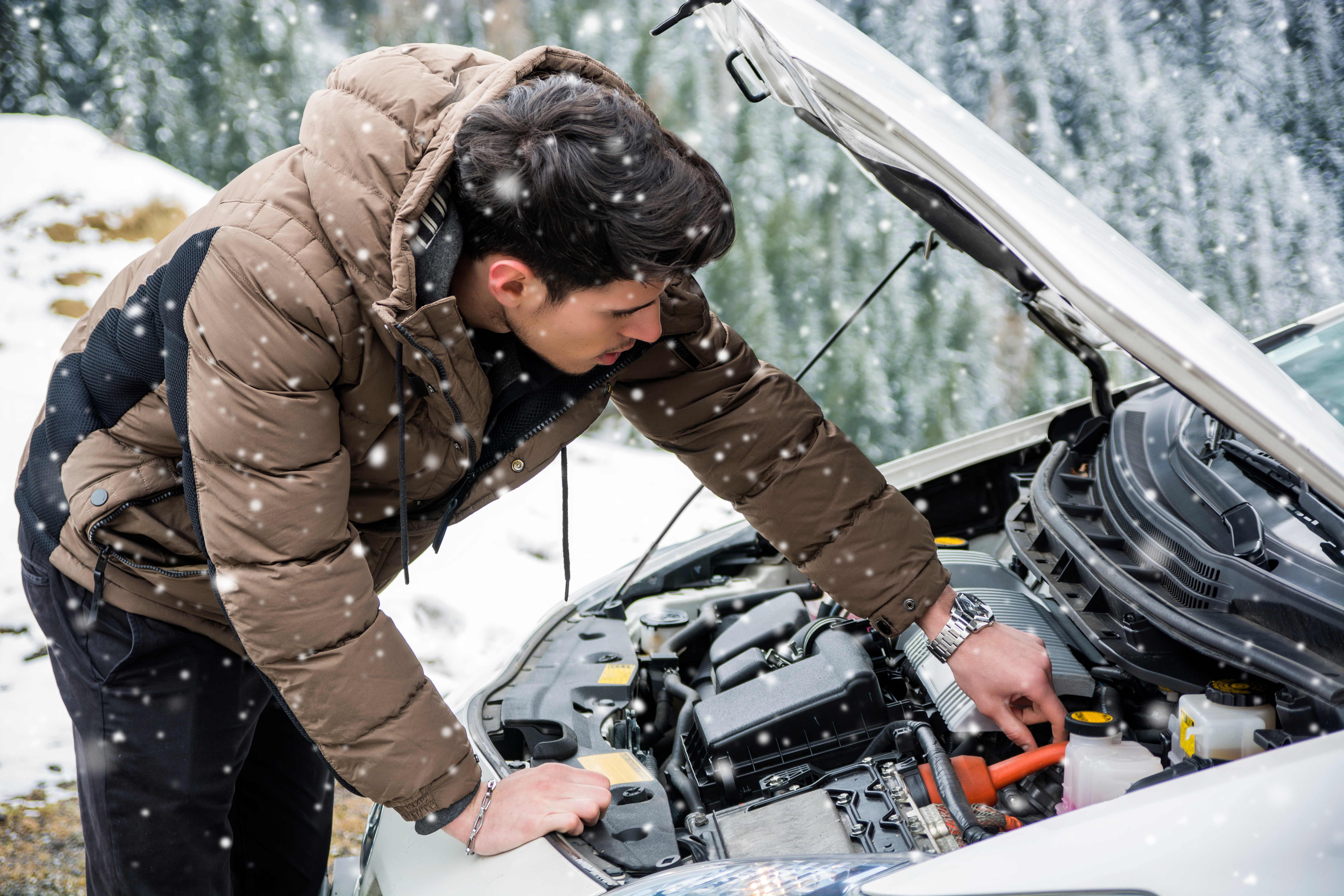
Regular Maintenance Checks:
In addition to undercoating, regular maintenance checks are vital:
- Tire Inspection: Ensure your tires are winter-ready. Check for adequate tread depth and consider winter tires if you live in an area with heavy snowfall. Also, maintain proper tire pressure as it tends to drop in colder temperatures. Regular alignment and balancing of tires are also crucial for safe winter driving.
- As a rule of thumb, for every 10°F drop in air temperature, vehicle pressure will drop by about 1 psi.
- Most passenger cars require between 30-35 psi but be sure to check your tires for specific requirements.
- Battery Performance: Cold weather can reduce battery capacity. Have your battery tested and replace it if necessary to avoid starting issues. Keeping the battery terminals clean and ensuring the battery is securely mounted can also prolong its life.
- Fluid Levels: Check and maintain appropriate levels of antifreeze, engine oil, and other vital fluids. Many leading brands offer winter-grade fluids (designated by the W on oil labels that show viscosity when the engine is cold) that provide better performance in cold conditions.
- Lights and Wipers: Ensure all lights are functioning correctly for optimal visibility. Replace wiper blades with winter-specific ones and keep the windshield washer reservoir filled with a freeze-resistant windshield washer fluid . Regularly clean and de-ice lights and wipers for maximum effectiveness.
Weather Emergency Kit:
Always carry a weather emergency kit in your vehicle, including:
- A bag of sand or cat litter for traction and/or moisture absorption
- Jumper cables (with instructions for safe use)
- Flashlights and extra batteries
- A first-aid kit
- Warm clothing, gloves, and blankets
- Non-perishable food items and water
- A portable phone charger
- Compact multi-use tools for space-saving
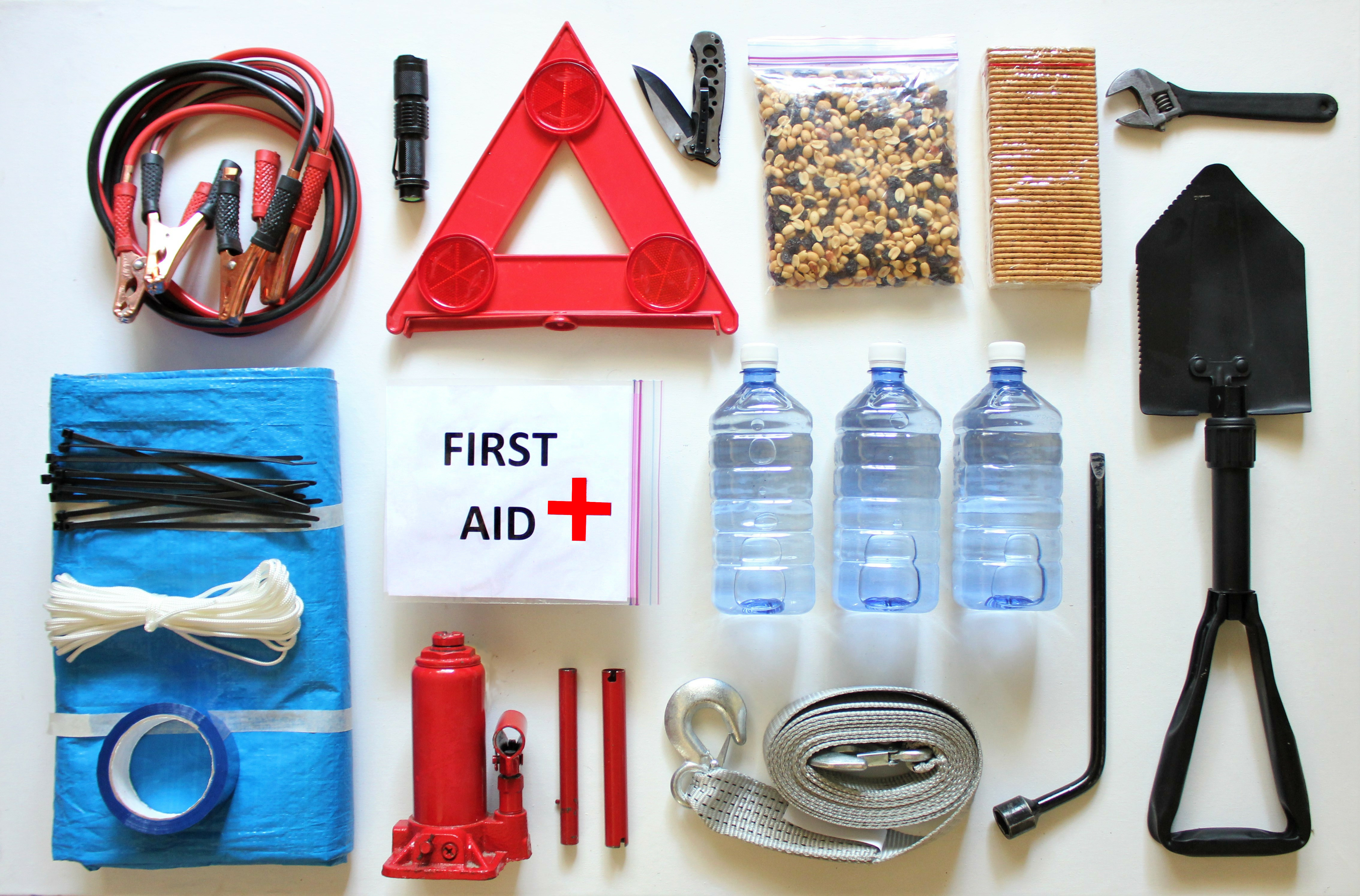
DIY Tips and Expert Opinions:
Preparing your vehicle for winter is not just about comfort; it's a safety necessity. While undercoating is a key aspect of this preparation, especially in protecting against the corrosive effects of winter road treatments, it should be part of a broader approach that includes regular maintenance and emergency preparedness. By taking these steps, you ensure that your vehicle remains reliable, safe, and well-maintained throughout the winter season. Remember, proper vehicle maintenance can lead to significant cost savings in the long run.

